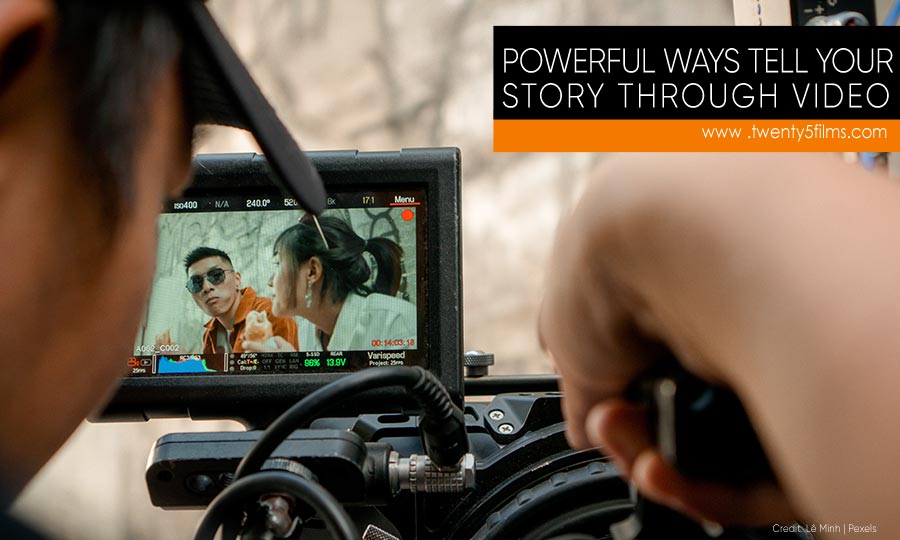The art of storytelling goes hand-in-hand with the evolution of the human race. Long ago, stories were told by the wise elders. Later, it was conveyed by authors and playwrights. Today, anyone can be a storyteller. Technological innovation has only advanced how we do things. With the mass accessibility of video equipment, chronicling everyday moments just became extra easy.
From cave paintings to movies, people had always found powerful and visual ways to narrate events and elicit emotions as they happen. Even today, not much has changed. As humans who crave compelling stories and who love to hold on to memories, it is no wonder why storytelling with video gained traction in recent years, whether it be for professional or personal purposes.
What Is Video Storytelling?
Video storytelling can be defined simply as “to tell a story using a video format,” be it through animation or documentary-style videos. It started primarily as video storytelling about brands, products, or companies. Marketers use this immersive and visual tool to drive engagement and present powerful themes. At the heart of it, it tries to ignite an emotional connection between people and otherwise inanimate objects.
This power of video storytelling to engage with the audience is exactly why it has crossed beyond business use. When cameras became readily available, events like weddings and birthdays are now being recorded now more than ever. With a solid understanding of technical skills and creative sensitivity, even the most mundane can make us laugh, love, and learn.
Video Storytelling Basics
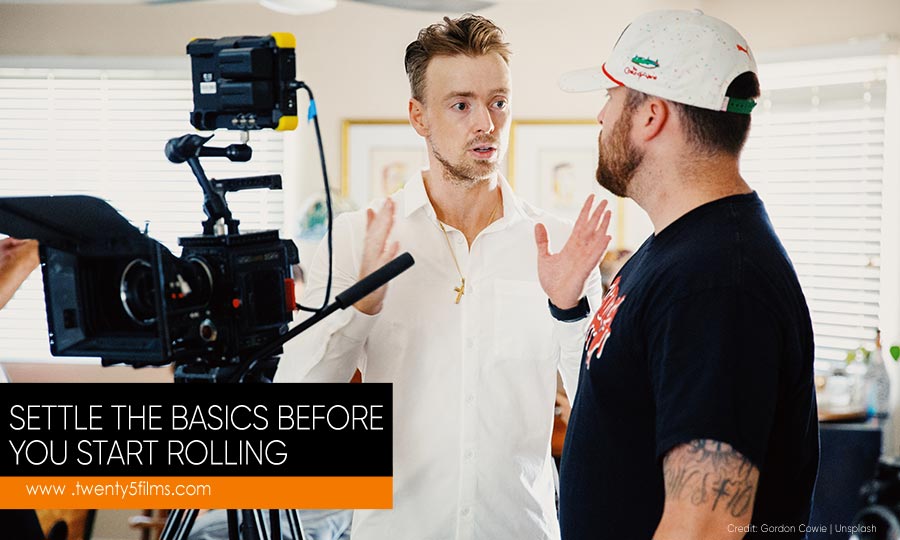
Video storytelling is widely different from simply video recording. It doesn’t rely simply on pressing “record.” It is reflective, and it inspires action. The goal of video storytelling is to reinforce your message with beautiful visuals.
To create storytelling videos, you must first know the principles of storytelling. When producing the video, here are the things you have to keep in mind and the questions to guide your process:
- Purpose
Why do you want to convey this story? What do you want to achieve? Why should people care for this?
The saying “Think before you speak” surprisingly applies to video production too. Know what you need to say before you even say it and think about the reason why you are doing this in the first place. Even if you are working for a client, it is still important to have a clear purpose going in. It will also provide you with an idea of how to handle the shoot and give you a rough image of what you want to achieve in the end.
Advice: Before you start rolling, you must be able to state your purpose in one clear and concise sentence.
- Plot
What story do you want to tell? What journey do you want your audience to take?
Stories have ups and downs, conflicts and resolutions, and an introduction and an ending. This structure is what ties everything together, and without it, your video is just going to be a bunch of scenes pasted together without direction. Even a product commercial has a narrative. If the video is going to be played at a wedding, you can talk about their journey from when the couple first met until the moment they got engaged.
However, the plot may not always be apparent at first, especially when you are capturing a spontaneous event. However, there will always be that one moment that you can use as an anchor for the entire story. For example, if you are making a wedding film, focus on how the groom struggled to say his vows without breaking into tears. This tension and emotion will make your viewer empathize with him.
- Subject
Who is in the story? Who are your main characters? Who are your supporting characters? What is the focus of your story?
The characters are often what keeps the story moving. They are what we are most emotionally invested in. We either love them or hate them. When creating visual storytelling through video, it is important that you know whom you need to focus on.
Also, keep in mind that the subject doesn’t always have to be a person nor do they have to be the obvious ones. It is commonplace nowadays to have pets as part of the wedding entourage. It would be extremely creative if you can, for instance, follow the entire wedding ceremony from the perspective of a dog.
- Setting
What is the main location? Where does it take place? How does it relate to the story and your subjects?
The location provides depth and mystery. A split-second shot of your setting can add a significant amount of information to your story. It can also tell a lot about your characters. Start your video with footage of people surfing on the beach, and you’ll know this story could be action-packed. Capture a lakeside scene and it’s going to be a relaxing one.
When choosing a location, ask yourself these 3 questions:
- How is the setting relevant to the characters and the story in general?
- Does it make the characters feel comfortable and act naturally?
- Is the area, lighting, noise level production-friendly?
- Audience
Who will see your video?
The audience is not always considered when making a video, but as viewers and consumers of the final output, their potential reaction should, at least, be factored in. The goal of a story is to connect with the audience, and you can only do so if you know who they are. Think about how your techniques and methods could cater to their taste and make your video memorable. In this age where shareability matters, the audience has a bigger role to play. Your video storytelling could end up on YouTube, and possibly go viral.
How Do You Make a Storytelling Video?
To excel in the art of video storytelling, first, you have to know the basics and learn to ask the right questions. The second part is knowing how to tell the story so you can keep your audience hooked from beginning to end.
To get you started, keep these video storytelling tips in mind:
- Know Your Goal and Your Audience
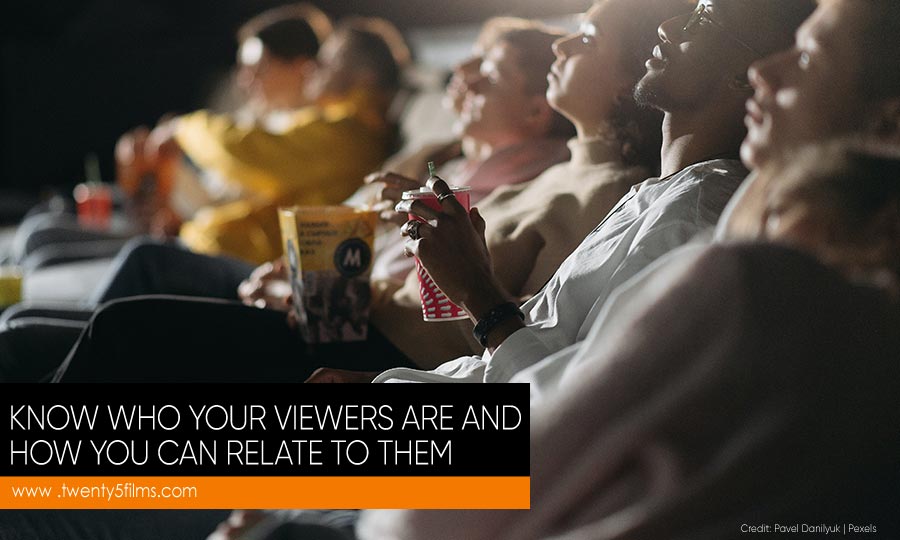
Always remember the principles of storytelling. Why are you making this video and who are you making it for? Whether you are a marketer, business owner, or independent filmmaker, understanding who your viewers are and their interests can help you set the direction of your story. Use this knowledge to build the narrative and to make your subject more relatable.
Mind your audiences’ attention span as well. After analyzing 10 million Facebook video posts, SocialInsider found that 2 to 5 minutes is the optimal video length to stimulate viewership from the audience.
- Show, Don’t Tell
The quintessential advice to storytelling is “Show, Don’t Tell.” A 1-minute video is already equal to 1.8 million words, according to Dr. James McQuivey of Forrester Research. So, forget the words. What you need are vivid images that should be able to convey the story on its own. People should be able to follow the story even with the sound turned off. Why tell the audience if you can make them see. Don’t tell people to feel happy. Instead, use angles, colours, and music to generate that feeling.
- Build an Arc or Narrative
Stories flow better if they have a beginning, middle, and end. Regardless of your purpose, a progression allows the viewers to easily follow the story and keep them hooked until the end. Even when it’s about your child’s first birthday. Take the time to carefully stitch the pieces together so you can show their journey from birth to their first walk to the first word to their first birthday party.
- Remember Basic Videography Techniques
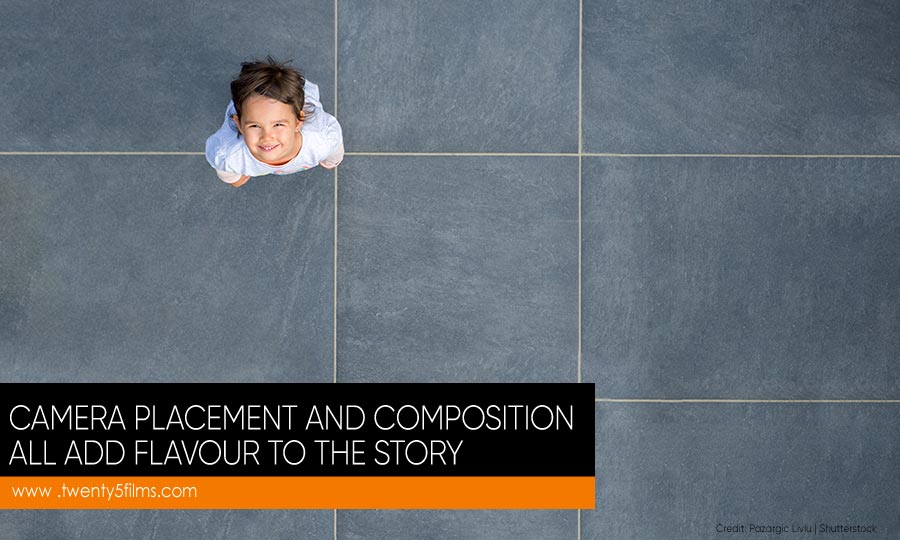
While the story may be central, your film doesn’t have to compromise visually. Remember basic video storytelling techniques. The camera angles, scenes, and lighting among others play a crucial role in how it will all look in the end. Some of the elements you need to pay attention to are:
- Camera Placement
Where your camera is placed — a level angle, bird’s-eye view, or worm’s-eye view — can add a dramatic impact.
- Camera Movement
The right movement can make your video more dynamic. Panning and zooming can draw the viewer’s eyes towards the main elements of the scene.
- Composition
Framing allows you to balance all the elements you want to capture. It can also guide your audience on where to focus. To start with, learn the most basic composition called the rule of thirds.
- Lighting
Lighting influences the mood. Be it mechanical or natural light, the video can only be as beautiful and as clear as its lighting.
- Be Dynamic
A dynamic video can hold the audience’s attention better than a static one. Imagine watching a recording of a college lecture. The camera is fixed on the professor speaking at the centre for one whole hour. No matter how interesting the topic may be, it is simply plain and boring to look at. The human brain picks up movements, and it stays interested throughout. Vary your angle and distance. Strategically pan the camera or zoom in or out on a subject. Add digital effects.
- Appeal to Emotions
One of the biggest draws of stories is when it resonates with its viewers. Have a clear vision of the feelings you want to convey and the feeling you want your audience to walk away with. Do you want them to be sad, warm, happy, or hopeful? Once you determine it, build your video storytelling around it. Again, composition, plot, music, colours, and more work together to communicate this emotion effectively.
- Make Use of Colour Psychology
Another way you can communicate without ever using words is by maximizing the use of colours. The right colour scheme adds charm, sets the mood, and conveys a message to your audience. Colour psychology is used by many brands in the world. Colour is used as a tool to evoke certain emotions and influence perception. For example, blue is associated with stability, red with power, yellow with joy, and orange with youthfulness. So if you want your video to be joyful and youth-oriented, sprinkle in shades of yellow and orange into the scene.
- Harness the Power of Music
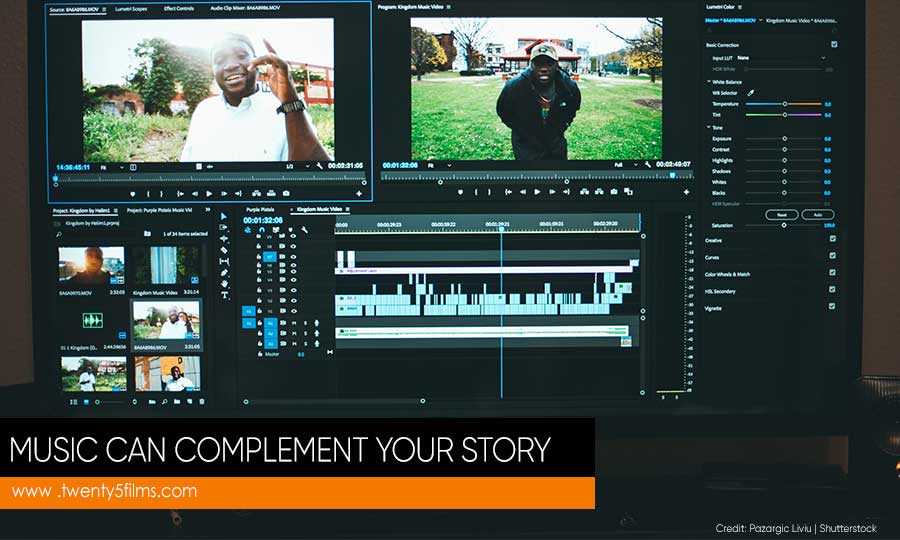
Music can heighten emotions and complement what’s happening on screen. An upbeat track may indicate positive emotions, while a slower one is better for sombre scenes. Be sure to choose the right track based on the mood you are trying to achieve in your video story.
- Edit the Video for Maximum Storytelling
Only use clips that advance the story. There’s no reason why your video has to be 2-hour long forcing all recorded videos in. Simply pick those that are actually relevant, and cut out those that are not.
What sets this generation of video production apart from the previous ones is the availability of post-processing applications. Today, video-editing programs, like Adobe Premiere, Corel VideoStudio, and Filmora, allow even ordinary people to edit and polish their videos as they see fit. More sophisticated programs, once only available to big studios, are being used to create visual effects, animation, and 3D animations.
- End With a Takeaway
Your ending must be as powerful and impactful as your beginning. It is the part that people often remember the most. Capping your video story with a meaningful and unforgettable scene or message will keep viewers talking and holding on to emotions hours, even days, after finishing the video.
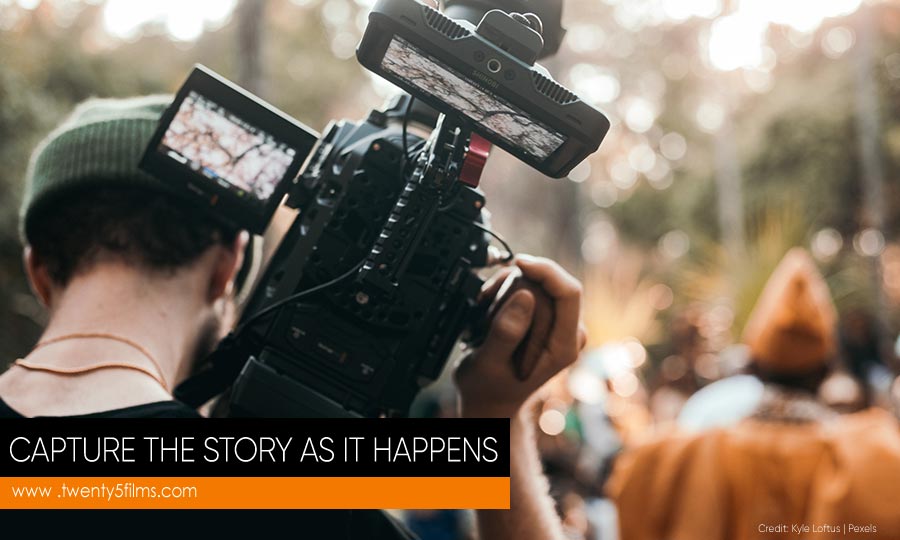
A story-driven video hits differently than normal videography. It is a powerful communication tool that not only conveys but captures the essence of those precious moments.
TwentyFilms turns the mundane into something special. Our documentary videography service captures everyday life like never before. Tell your story and we’ll take care of bringing it to life. Call us now at (905) 741-3697!


